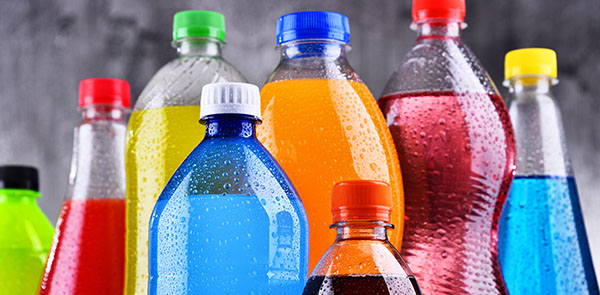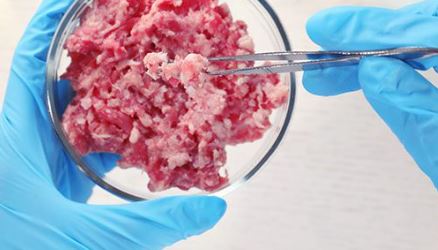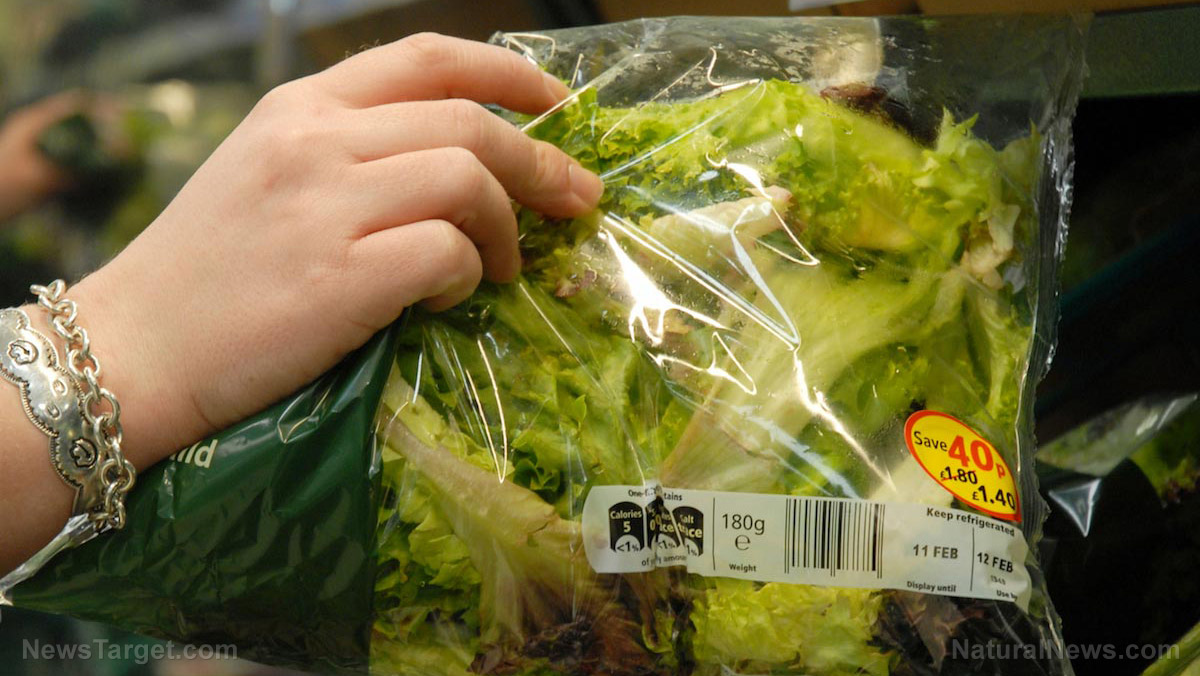Consumer Reports: FDA’s arsenic limit in apple juice is TOO HIGH and may pose a risk to children’s health
06/29/2023 / By Zoey Sky

Apple juice seems like a healthy alternative to sugary drinks like soda. However, data suggests this beverage may actually pose a risk to children’s health.
Consumer Reports, a consumer advocacy organization, recently criticized the Food and Drug Administration‘s (FDA) final guidance on the limit for inorganic arsenic in apple juice due to concerns about possible health risks to children.
The FDA issued the final guidance on June 1, setting the action level for inorganic arsenic in apple juice at 10 parts per billion (ppb), a level that was first proposed back in 2013. The FDA’s testing revealed a decrease in inorganic arsenic levels, with many samples showing levels below 3 ppb and 5 ppb. But some apple juice samples still had levels of 10 ppb, leading to the establishment of the limit at that level.
Consumer Reports challenged the FDA’s belief that 10 ppb can be considered a safe level achievable through good manufacturing practices. The organization warned that the importance of lower limits on inorganic arsenic can help protect public health, especially for foods consumed by children.
Brian Ronholm, director of food policy for Consumer Reports, said “the action level should be lower than 10 ppb based on current science.” Ronholm also explained that because the majority of the industry had already met this level, the FDA’s action is “virtually irrelevant.”
Despite his concerns, Ronholm thinks the FDA’s recent ruling is encouraging because it points to a renewed focus on solving the issue of food chemicals and heavy metals. He hopes that the agency will continue to focus on and monitor these issues, taking action as needed if there are “troubling levels of inorganic arsenic in apple juice.”
Consumer Reports suggested that the FDA should instead recommend a lower level of 3 ppb. (Related: Michelle Obama’s juice brand fails health standards set by her husband’s administration.)
Manufacturers can reduce arsenic content in products
The nonprofit organization conducted its own testing in 2018, and results revealed that there were elevated levels of cadmium, inorganic arsenic and lead in 21 out of the 45 tested fruit juices. But the majority of the tested juices had inorganic arsenic levels below the FDA’s limit, suggesting that with stricter measures manufacturers can still reduce the content in their products.
Consumer Reports added that its own tests have confirmed that it is both feasible and necessary to establish lower limits on inorganic arsenic in apple juice to protect public health. The organization thinks that stricter regulations are necessary to effectively ensure the safety of consumers.
Some foods contain arsenic because it is often present in the environment where food is produced and processed.
Arsenic can occur naturally or result from human activities like the use of pesticides containing arsenic, or pollution from mining, fracking and coal-fired power plants.
Studies have found that exposure to inorganic arsenic may be linked to several health issues in humans, such as cancer, diabetes, negative impacts on birth outcomes and cardiovascular and neuro-developmental problems.
The FDA admits that it is currently not feasible to completely eliminate arsenic from the environment or food supply. But to address the problem, the agency sets action levels to inform the industry about contamination levels that exceed safety thresholds and could render certain foods unsafe for public consumption.
These action levels serve as guidelines to protect public health from situations where it is impossible to completely eliminate arsenic in products.
According to the FDA’s report, an extensive study spanning almost 10 years has shown that the average level of arsenic in apple juice was 4.6 ppb. Shockingly, some samples exhibited significantly higher levels, reaching up to 44 ppb.
The presence of arsenic in apple juice is alarming because it is a product often marketed to and consumed by children, who consume a larger quantity of the liquid relative to their body weight compared to adults.
The FDA also referenced data suggesting a potential link between exposure to arsenic and negative effects on the neurological development of infants and children. The FDA said it will continue to monitor the arsenic levels in apple juice samples. If any testing reveals levels above 10 ppb in certain products, the FDA may take enforcement action to resolve and address the issue.
With further action from groups like Consumer Reports, it is possible to reduce the current limit on arsenic. After all, the majority of the juices tested have inorganic arsenic levels below the FDA’s 10 ppb limit.
Watch the video below to know more about the health benefits of organic apple peel powder.
This video is from the Health Ranger Store channel on Brighteon.com.
More related stories:
Study: Chemical in popular artificial sweetener found to damage DNA.
GULP! Study reveals DANGEROUS levels of heavy metals in many US beverages.
Sources include:
Submit a correction >>
Tagged Under:
apple juice, arsenic, beverages, clean food watch, dangerous, discoveries, environment, food safety, food science, food supply, frankenfood, grocery, poison, products, research, stop eating poison, toxic ingredients, Toxic Metals, toxins
This article may contain statements that reflect the opinion of the author
RECENT NEWS & ARTICLES
CleanFoodWatch.com is a fact-based public education website published by Clean Food Watch Features, LLC.
All content copyright © 2018 by Clean Food Watch Features, LLC.
Contact Us with Tips or Corrections
All trademarks, registered trademarks and servicemarks mentioned on this site are the property of their respective owners.


















